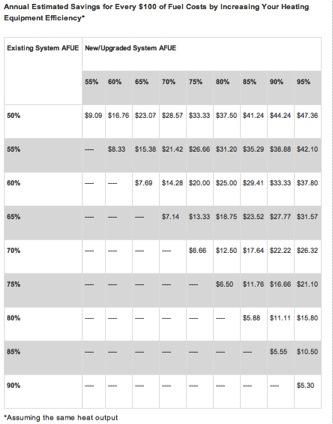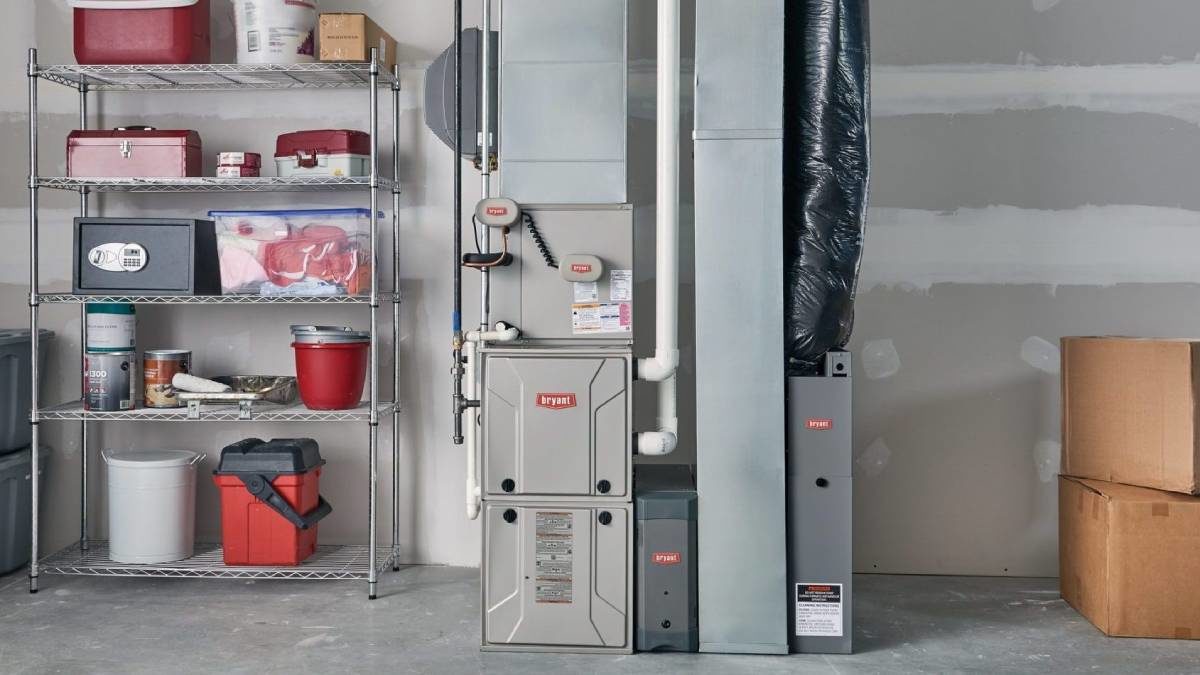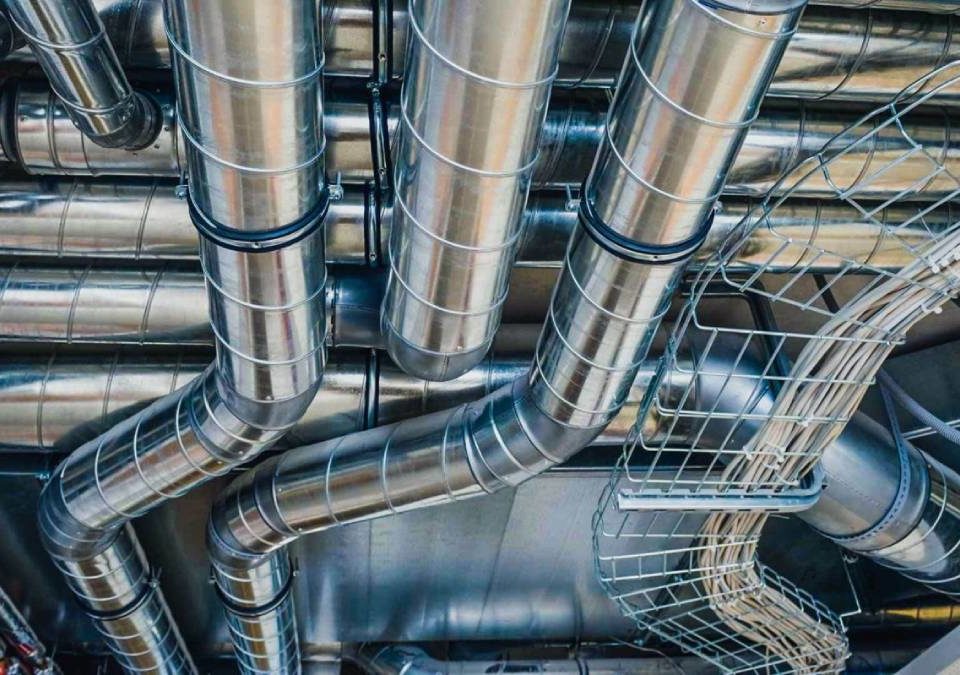Combo (heat+cool) Installation

Heating / Furnaces Maintenance

Combo (heat+cool) Repair
A furnace and AC (Combo) combination continues to be the split system of choice each year for millions of homeowners replacing their old system. It makes sense to replace both units at the same time with a “matched” furnace and air conditioner designed to work together to deliver the energy efficiency and indoor comfort that matches your climate and/or budget requirements.
TOGETHER CHEAPER
When it comes to the replacement of home appliance the most expensive becomes the HVAC unit. You understand that you will buy a new one after all. But you want to give that appliance the last chance. But how would you know that day X comes? And why have you to replace it?
1. Ageing HVAC System
The period of service of a basic HVAC unit is between 10 and 15 years. But you can extend it with regular preventative maintenance through PHD Heating & Cooling. But if your unit is old, heating and cooling service couldn't work like it did when it was new. So the best choice, in that case, is a replacement.
2. Low Energy Efficiency
Modern units are more productive and efficient that the old ones. If you start to notice that energy bills are rising every summer, it is time to think about an HVAC unit replacement. A new energy-efficient system will save from 20% to 30% energy every month. Do you wish to save more money? You can ask a specialist to look at your ductwork. You will be surprised, but the basic HVAC system may loose from 20% to 30% of its energy to leaky ducts. The only way to save more energy and money is to repair cracks and seals in the ductwork.
3. R-22 Leak
Does your old unit need repair? But you don't want to pay too much? Some technical specialists may offer you to use Freon R-22. It is the most common coolant that has been using in air conditioners for many years. But it has a lot of disadvantages. First of all, the cost of R-22 was soared to $80-120 a pound. Secondly, it is a previous technology. HVAC manufacturers cancelled the production of units with R-22 in 2010. Furthermore, the production of R-22 itself will end in 2020. So we don't recommend using or repairing the unit with R-22. It's time to replace your HVAC system.
4. Your Home Has Changed
When a specialist chooses an HVAC unit for your house, he considers all aspects of the building to offer you the most effective system. If you decided to upgrade your home for being more energy-efficient, there is a risk that your existing system may be too powerful for your home. In that case, you may need an HVAC unit replacement.
5. Poor Air Quality
Do you know that your HVAC system not only provides ventilation, moving air throughout the home but affects humidity and filters allergens and other dangerous particles out of the air? Poor air quality may be the reason for asthma attacks, allergies and respiratory diseases. If you start to suffer from any of these respiratory issues remember, that it's time to replace your old HVAC unit. Excessive indoor humidity is also a sign for replacing your HVAC system.
6. Broken System
Do you need frequent repair or one major, but you don't have enough money? The most reasonable decision would be a replacement of an HVAC system that doesn’t work. There is no sense to wait! Just call PHD Heating & Cooling for a free HVAC system replacement quote.
7. Your furnace has reached “retirement age”
Furnaces live an average of 10-20 years, depending on if you had it professionally maintained or not. Age isn’t everything, though. The cost to keep the furnace running will give you more concrete reasons to replace or not.
8. Increased cost and frequency of furnace repairs
Like an old car, an old furnace that starts to have costly breakdowns is signaling that it’s near the end of its usable life and needs to be replaced soon (within the next 2 years or so). The question then becomes, “How expensive does a furnace repair need to be before it’s not worth it?” It depends on how old your furnace is and the cost to get a new furnace. A good rule of thumb is, no matter the age of the furnace, if the cost to repair is 40-50% of the cost of a new furnace, you should replace it. But for less expensive repairs, you should be less resistant to replacing the furnace the older it is. So if the furnace is 15-20 years old, and the cost to repair the furnace is only 10% of the cost of a new furnace, you should probably replace it (because it’s more likely to break down again soon).
9. Your heating bills have risen dramatically over the years
Even if your furnace has a few years left in it, it may not be cost efficient to keep it if your energy bills during the heating season are high due to the furnace’s horrible efficiency. With that in mind, you need to assess how much it’s costing you just to keep the current furnace you have versus how much you’ll save with a new furnace. Use this AFUE chart to do just that.

AFUE is a gas furnace’s efficiency rating, represented in a percentage. It stands for how much of the gas it uses to heat your home. So an 80% AFUE furnace uses 80% of the fuel to heat your home, the rest goes up the flue pipe—wasted. That means for every dollar you use to heat your home, 20 cents is wasted. This chart will show you how much you’ll save for every $100 you normally spend on heating by upgrading to a higher efficiency furnace. So if you’re upgrading from a 60% AFUE furnace to a super efficient 90% AFUE furnace, you’re saving $33.33 for every $100 you normally spend on heating. Find your last year’s heating bills and do the math. It’ll be crystal see how much you’ll save each year. The savings from a higher energy efficiency furnace may motivate you to replace your current furnace earlier than you expect.
10. The rooms throughout your home are different temperatures.
As a furnace gets older, it can become more and more inefficient until it loses the ability to distribute heat evenly throughout the house. As a result, some rooms can be colder than others.
11. Your home has soot around the registers.
A furnace register is a ventilation duct cover that can be opened and closed. Although the terms “register” and “grille” are used interchangeably, registers differ from furnace grilles due to possessing dampers which allow them to control the airflow within a duct. If you find soot (or dust/rust) around these areas within your home, then it means that your furnace has too much CO2. Difficulty keeping a clean house aside, this can cause excessive dryness which can damage furniture, flooring and plants. It can also cause itchy throats, dry eyes, as well as respiratory issues when inhaled. If you ever see a build-up of soot near your registers, it’s probably time to get a replacement.
12. Your furnace is extra noisy.
Furnaces can be kind of noisy, but if that noise gets louder over time, then you may want to consider a replacement. Possible telltale signs can come in the form of:
- Rattling: This can indicate unsecured ductwork, loose screws, sheet metal, or even the lower furnace motor not being properly balanced.
- Popping: This happens when parts inside of your furnace heat and cool in response to temperature changes.
- Humming: Your fan motor is probably going to make a bit of noise, but if it’s to the point of disruption, you might need a furnace blower motor replacement.
- Screeching/Squealing: If you hear these noises, you should probably assume your blower motor or inducer is damaged or worn out. It could also be caused by a loose bearing, deteriorating belt, or an issue with the pulley holding the belt.
Weigh the factors together
As you can see, none of these factors (age, cost to repair, energy efficiency) alone can tell you if you need to replace your furnace. They should be weighed together. To help you make the best choice possible, we encourage you to contact us and PHD Heating & Cooling will help you.
TOGETHER CHEAPER
Call us today at (312) 409-33-26 or contact us online to schedule a visit with one of our specialist.
Related posts
CONTACT US
Call PHD Heating & Cooling today at (312) 409-3326 or send us email to schedule for a quote on your new home comfort system.



